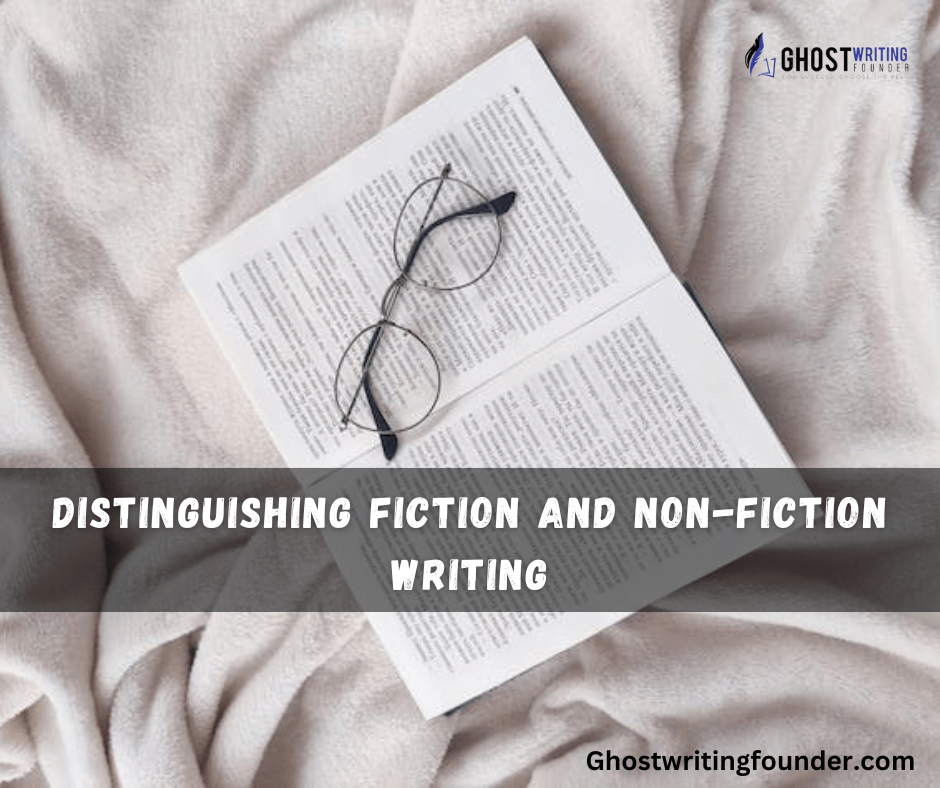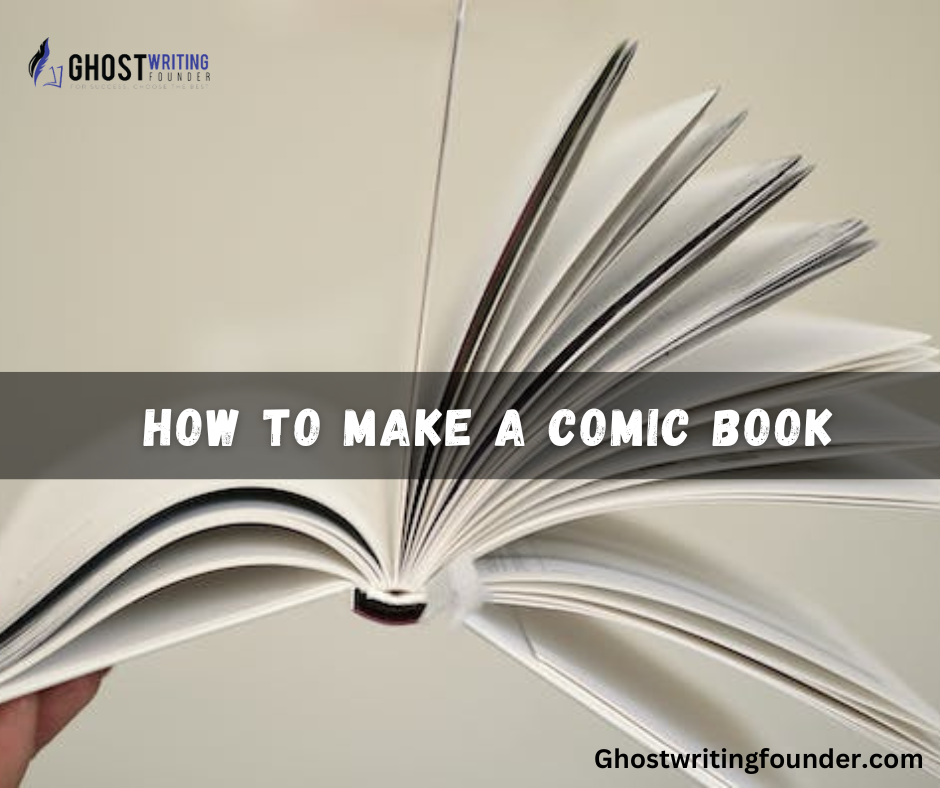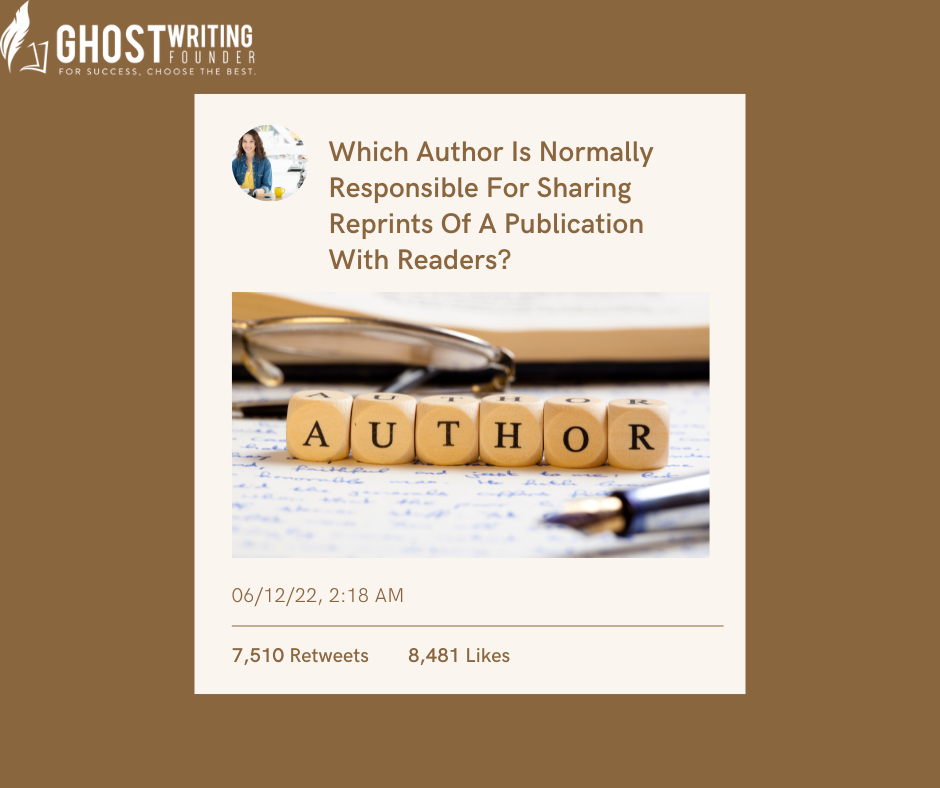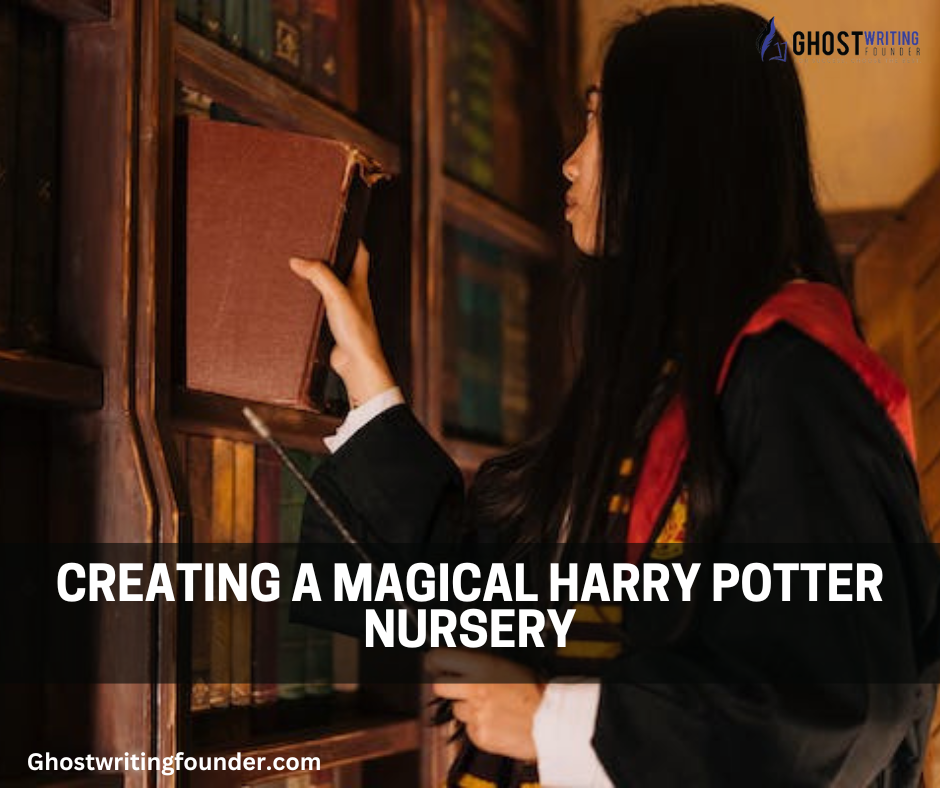
Writing
Introduction
Readers who want to find their way through the huge world of books and information must be able to tell the difference between fiction and non-fiction. Even though both have their good points, Fiction & Non-fiction are very different.
Fiction is made up of stories that are made up and take the reader to a different world, while non-fiction tells the truth about real events, ideas, and concepts.
By knowing how fiction and non-fiction are different, people can start a literary path that fits their tastes and intellectual interests.
What Is Fiction
Fiction is a literary or storytelling work in which events, characters, and places are made up. It is a type of story in which the writer usually uses their creativity and mind to make up a story that may or may not be based on real people or events.
In fiction, writers tell stories that can belong to a wide range of genres, such as science fiction, fantasy, mystery, romance, historical fiction, and more. Readers can explore the nuances of one popular genre with What Is Contemporary Fiction. These stories in book writing are often about what the characters do, how they change, and how they grow. The characters may face problems, go on adventures, or change as the story progresses.
What is Non-Fiction
Non-fiction is writing based on facts and deals with real people, places, and ideas. It is a type of writing that tries to tell the truth about the world and give people information, knowledge, and new perspectives on different topics.
Non-fiction books can be about anything from scientific findings and historical events to personal memoirs and investigations. These texts usually get information from studies, interviews, firsthand experiences, and sources that can be checked.
Non-fiction lets people learn more about the world, get new ideas, and see things from different points of view. Ghostwriting Founder helps people learn, discover, and keep track of real-life events, which makes it an important part of writing and intellectual discussion.
Key Differences Between Fiction and Non-fiction
Fiction
As the name suggests, fiction comprises made-up events, people, and places. It gives writers a world where they can be as creative as they want, writing stories that take readers to other worlds. For those who want to learn more about creating these worlds, How to Make a Comic Book provides a unique perspective. Here are a few important things about fiction:
1- Imaginary Elements
Imagination is the basis of works of fiction. Authors can make up characters, plots, and even whole worlds that don’t exist in real life. This makes it possible for readers to go on exciting trips and feel feelings in a way that non-fiction can’t always do.
2- Creative Narrative Techniques
Fiction writers often use different ways to tell a story to make it more interesting to read. Therefore, some methods, like foreshadowing, flashbacks, and not telling the story in a straight line, give the plot more depth and complexity. By carefully changing the story, writers can keep readers interested from the beginning to the end.
3- Symbols and metaphors
Symbols and allegories are often used in fiction to get at greater meanings, and understanding them can be key, as discussed in Complete Book Tropes List. Using symbols, authors can tackle complicated themes, social problems, and human emotions. Symbols allow readers to understand the story on more than one level, which stimulates their minds and helps them think critically.
Non Fiction
Non-fiction, on the other hand, is about real people, events, and facts. It is based on facts and tries to teach, explain, or shed light on different topics. Let’s look at what makes non-fiction different:
1- Factual Accuracy
One of the most important things about reality is that it is true and accurate. Non-fiction writers do a lot of study on their subjects to ensure they give information that can be checked and backed up by evidence. For those interested in the process behind non-fiction writing, Non-Fiction services can provide assistance and expertise. Therefore, this dedication to facts helps readers learn new things, deepen their understanding, and make choices based on accurate information.
2- Informative and Educational
Non-fiction includes many different books, such as stories, history, science, self-help, and more. For a comprehensive look at the process, Book Editing Services experts can help ensure factual accuracy and clarity in non-fiction works. Its main goal is to teach and tell readers about things that happen in the real world. Non-fiction lets people learn more about things that interest them, expand their horizons, and learn more about the world around them.
3- Authoritative Perspectives
Experts, scholars, and people with firsthand knowledge are often featured in non-fiction. To ensure the credibility of such works, Content Development experts can provide the necessary expertise to craft authoritative non-fiction content. Also, Non-fiction gives readers valuable insights and expert views using different viewpoints. Non-fiction is a reliable source of information because it is backed by the authority and credibility of people who know what they are talking about.
The Importance of Distinguishing Fiction and Non-fiction
It’s important to tell the difference between Fiction & Non-fiction for several reasons. First, it ensures that the information we use is correct and reliable. In a time when false information spreads like wildfire, it’s important to know how to find dependable sources and tell the difference between fact and fiction.
Also, when we know what a piece of writing is about, we can approach it with the right frame of mind and goals.
The Challenges in Distinguishing Fiction and Non-fiction
Although it may seem easy to tell the difference between Fiction & Non-fiction, several things can make it hard. Let’s look more closely at some of these problems:
1- Blurring Genres
In the past few years, there has been a rise in forms that blur the line between fiction and non-fiction. Works like historical fiction and creative non-fiction have parts of fiction and non-fiction, making it hard to put them in one category or another. However, authors often use real people and events as a background for their fiction, which makes the stories more complicated.
2- Narrative Techniques
How writers tell stories can make distinguishing between fiction and non-fiction harder. However, in non-fiction writing, authors try to be objective and back up their claims with facts and proof. But skilled writers can use storytelling methods usually used in fiction to hook readers and get their message across.
3- Interpretations with A Bias
One of the hardest things about telling the difference between fiction and non-fiction is how the material is interpreted. Therefore, readers come to a book with their preferences and ideas, which can change how they understand it. Because of this, it can be hard to tell facts from personal opinions, especially when the content can be seen from different points of view.
Strategies for Distinguishing Fiction and Non-fiction
Even though the problems are clear, there are ways to make it easier to tell the difference between Fiction & Non-fiction. Think about these things:
1- Source Evaluation
Before you believe something, you should always think about how reliable and knowledgeable the source is. Check the author’s qualifications, the publisher’s name, and whether reputable sources back up the information. Fact-checking tools can also help figure out if claims are true.
2- Cross-References
By comparing information from different sources, you can find differences and make sure the information is correct. Similarly, look for confirmation from reliable sources to ensure the information fits with what most people know or what is known to be true.
3- Critical Thinking
You must have good critical thinking skills to distinguish between fiction and non-fiction. Also, look at the author’s tone, style, and purpose.
4- Fact-Checking Tools
Use a wide range of online tools and sites for checking facts. Therefore, these tools can help you check claims, bust myths, and get more information to help you tell the difference between fiction and reality.
Techniques for Distinguishing Fiction And Non-Fiction Writing
Here are some ways to tell the difference between Fiction & Non-fiction:
Analyzing the Author’s Intent: Consider why you are writing. Is the author trying to amuse, tell, convince, or teach?
Examining the Writing Style and Language
Consider how you use writing tools like similes, metaphors, and descriptive language. Fiction writing uses more metaphors and creative language, while non-fiction writing is usually clearer and full of facts.
Assessing the Use of Facts and Proof
Look for true information and proof to back it up. Non-fiction writing backs up claims with study, data, and reliable sources, while fiction doesn’t have to be true to the facts.
Evaluation of Dialogue and Narration
Consider how dialogue and narration are used. Fiction writing usually has conversations between characters and a narrator who tells the story. Non-fiction, on the other hand, is usually just facts without any fiction.
Researching the Author and Publication
Find out about the author’s past and qualifications. Non-fiction writers know a lot about the subject they write about, while fiction writers may have experience with creative writing or sharing stories.
Key Characteristics and Profound Details
| Writing Dimension | ||
|---|---|---|
| Aspect | Fiction | Non-Fiction |
| Definition | Made-up stories, imaginary events, characters | Real events, facts, real people, information |
| Genres | Science fiction, fantasy, mystery, romance, etc. | History, science, self-help, memoirs, etc. |
| Basis | Imagination and creativity | Factual accuracy and research |
| Narrative Techniques | Creative storytelling techniques | Objective and straightforward writing |
| Use of Symbols | Often uses symbols and metaphors | Typically presents information directly |
| Authoritative Sources | Based on creativity and imagination | Relies on expertise and credibility of sources |
| Purpose | Entertain, engage, and create imaginative worlds | Educate, inform, and provide knowledge |
| Evaluation | Subjective interpretation | Objective and backed by evidence |
Conclusion
Most of the time, Fiction & Non-fiction are very different. In a work of fiction, the author makes the most of what is written. Fictional stories give readers a break from their normal, boring lives. Also, let them get lost in a world of dreams and excitement.
Non-fiction, on the other hand, is all about true stories that focus on real events, people, and places. It teaches and explains things to the people who read it.









Leave a Reply